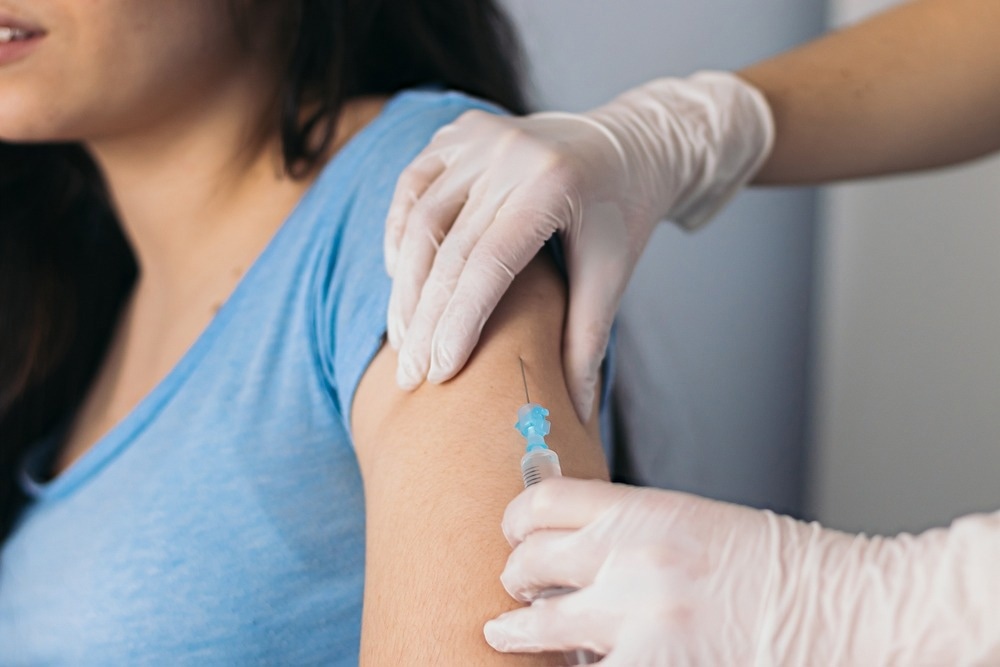HPV vaccination linked to a steep decline in cervical cancer deaths among U.S. women under 25, with mortality dropping by 62% from 2013-2021 and only 13 deaths reported in 2019-2021.

The HPV vaccine has been demonstrated to work together with screening and treatment strategies to bring down the incidence and mortality rates of cervical cancer. When taken between 9-14 years, HPV vaccination effectively prevents HPV infection and cervical cancer, as well as other HPV-related cancers.
HPV vaccination has been routinely used among American women since 2006. By 2021, about 78.5% of American women were covered by the vaccine, having taken one or more doses. The under-25 cohort is the first to presumably benefit on a large scale from the introduction of the vaccine.
Cervical cancer incidence fell dramatically among under-25 women between 2012 and 2019, by 12% per year, for a cumulative decrease in incidence of 65%.
The current study sought evidence that the decline in HPV infections and the observed drop in cervical cancer incidence was associated with reduced cervical cancer mortality rates in this cohort.
About the study
The data for mortality due to cervical cancer among women under 25 in America came from the National Center for Health Statistics. Using regression analysis, the researchers estimated the reduction in the number of cervical cancer deaths during this period compared to the continuance of the previous trend. This indirect inferential method was necessary as cancer registry data do not include the HPV vaccination status of the patient.
Changing trends in cervical cancer mortality
There were 398 cervical cancer deaths in this group of women between 1992 and 2021. From this period to the five years beginning in 2013, the rate began to slip down to 3,7% annually. This was probably because of the wider uptake of screening and the use of improved methods.
This reduction accelerated to 15.2% per year during 2015-2019, for an overall 62% decrease by 2019.
Taking two-year intervals, the number of cervical cancer deaths fell from 55 per 1,00,000 person-years during 1992-1994 to 35 in 2013-2015, to hit a low of 13 in 2019-2021. Comparing the trends, it appears that the number of deaths from this cause averted between 2016 and 2021 to 26, compared to the expected number.
Conclusions
The current study showed a drastic drop in cervical cancer deaths among American women below 25 years in the period 2016-2021. This suggests that “HPV vaccination affected the sequential decline in HPV infection prevalence, cervical cancer incidence, and cervical cancer mortality.”
Notably, the statistical power of this study is limited by the low number of cervical cancer deaths in some of the years covered due to the rarity of the condition in young women.
Whereas 79.3% of American adolescents received the HPV vaccination in 2022, coverage fell to 75.9% in 2023 rather than increasing further. This study’s findings suggest the need to boost HPV vaccination coverage to stabilize and further reduce cervical cancer rates among young American women.




